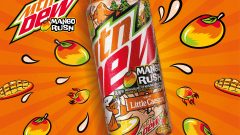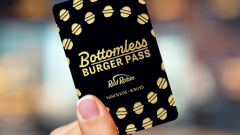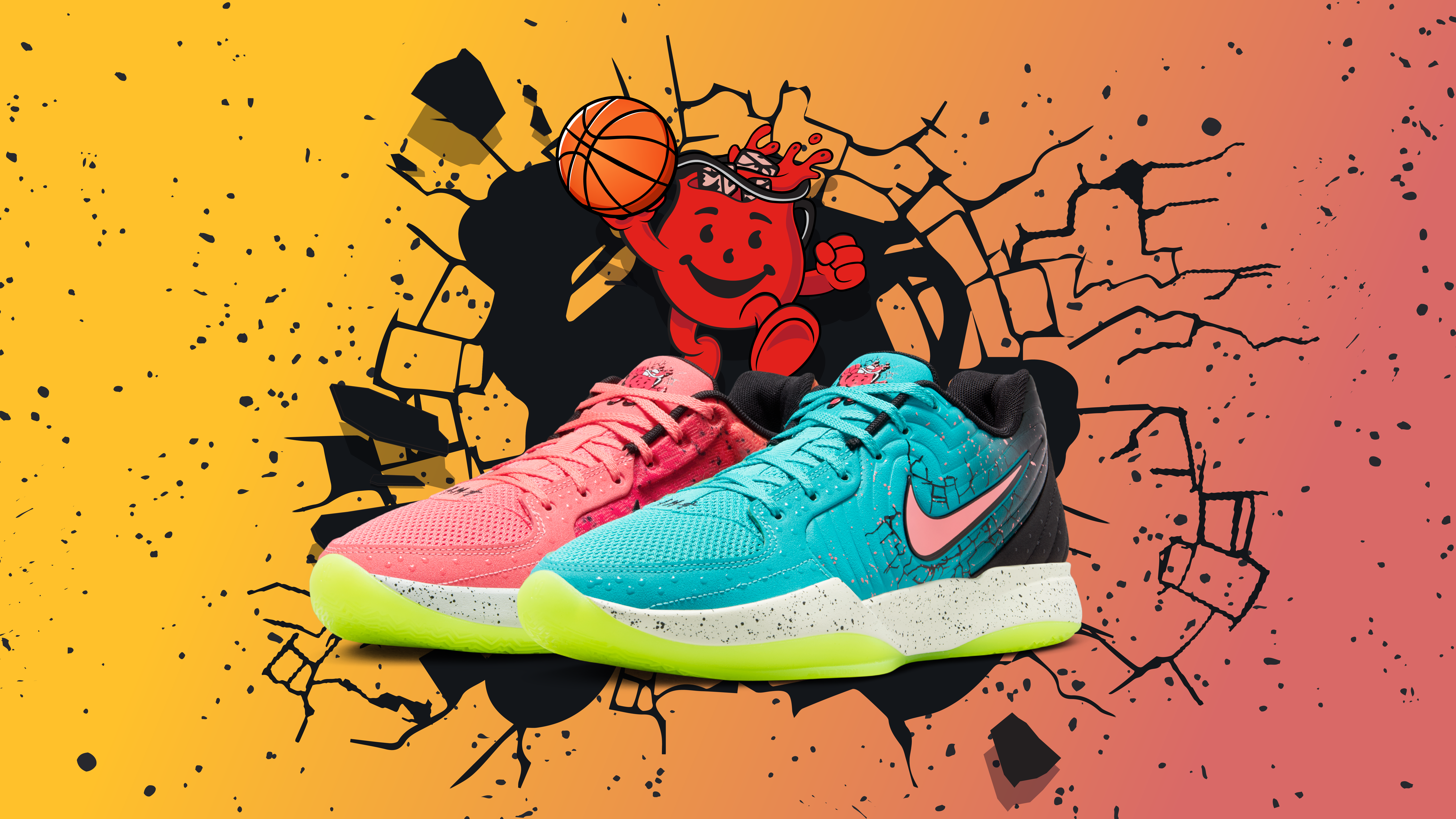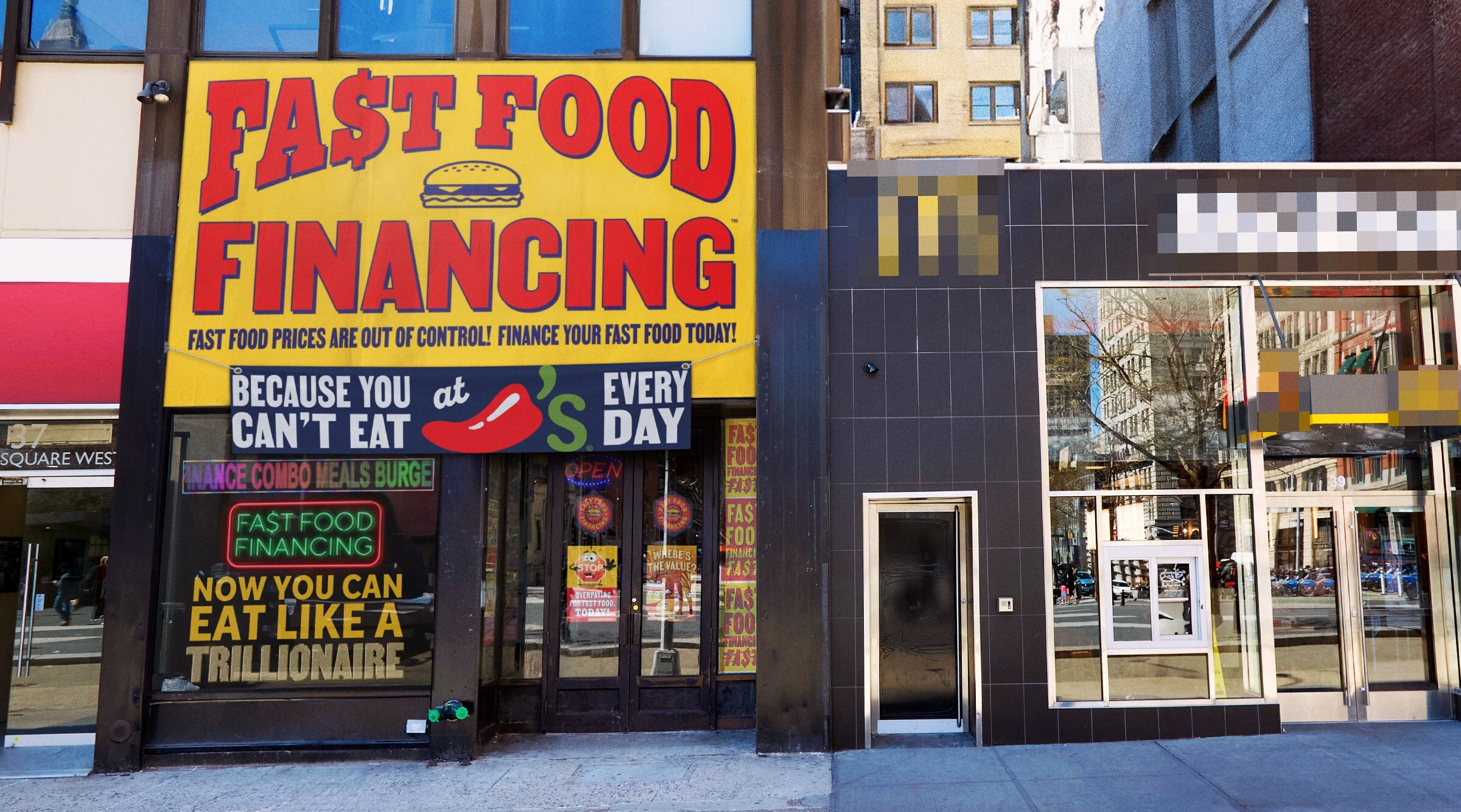‘Problematic’ Lucky Lee’s Concept Fails To Realize One Key Aspect Of Chinese Food
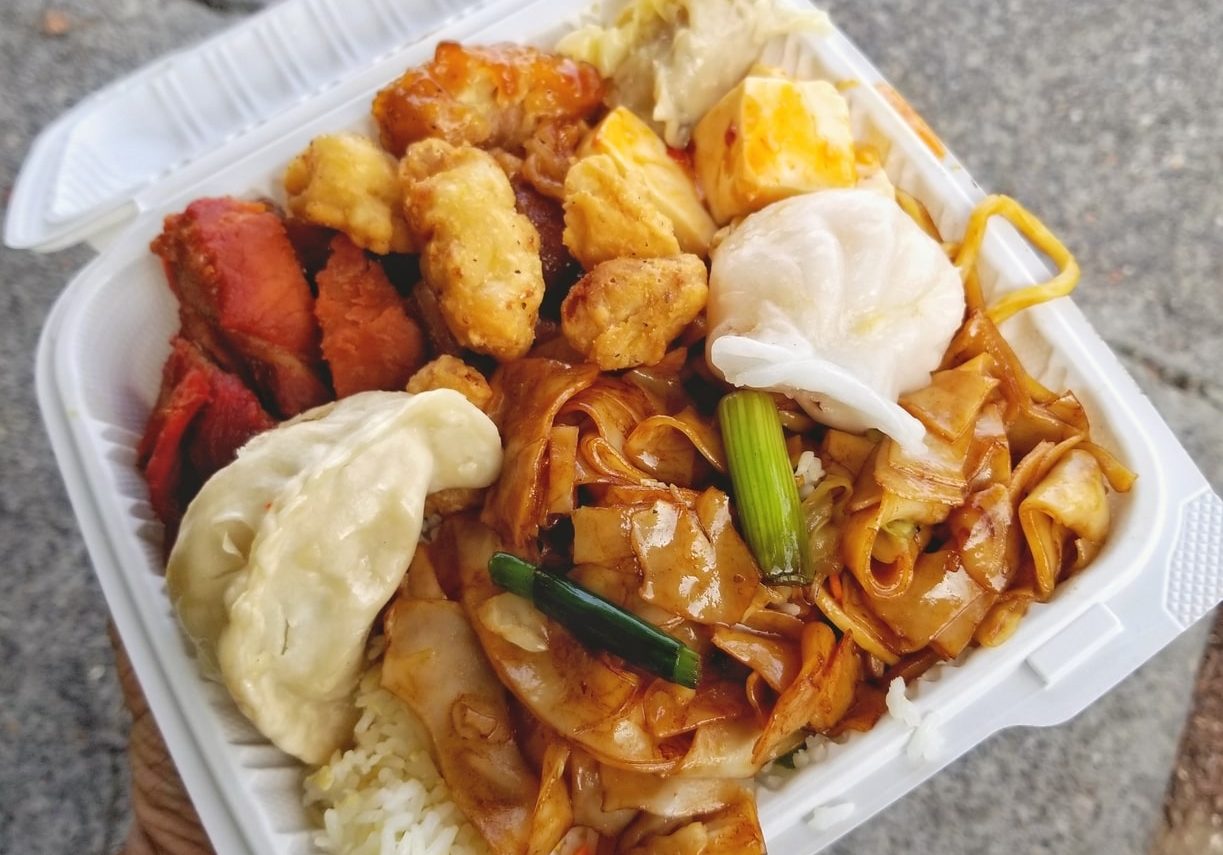
The recent controversy from white-owned Lucky Lee’s, which claims to be a “clean” American Chinese restaurant, has spread like wildfire across the internet. Owner and nutritionist Arielle Haspel described American Chinese food as leaving you feeling “bloated and icky,” and trashing the cuisine as “oily,” “salty,” and full of MSG, which she claimed people have reactions to despite a lack of evidence.
Folks have called her messaging and marketing everything from “cultural appropriation” to “exploitative,” and many have taken offense to the entire backstory of this NYC restaurant. Even the food hasn’t been the most enjoyable, with popular New York-based foodie Instagram user @foodbabyny saying that “casual racism aside, the food just isn’t that good.”
While all of the above claims are valid, the heart of the problem at Lucky Lee’s stems from American Chinese cuisine itself. One way to describe the establishment would be redundant, because to claim something like westernized Chinese food to be “clean” is simply impossible. That’s because American palates have historically forced chefs from other cultures to adapt to a more greasy, sugary taste preferences, and that included Chinese food.

In the United States, the evolution of processed foods over time has led us to crave three taste sensations: salty, sugary, and unctuous. At its core, Chinese food is a far cry from any of these. Several regions of China, from Sichuan to Guangdong, prefer fragrant, spicy, savory, and refreshing meals. From the soothing aromas of ginger-infused congee to the numbing, hot flavors of mapo tofu, the tastes of China rely more on aromatics and natural ingredients than they do oil, salt, and sugar.
However, what the Chinese described as aromatic, Americans found to be “strange.” As they began to immigrate into the country, the flavors of their cooking were used to depict the culture as “undesirable” and “repulsive.” Terms like these turned off locals from trying the food, and while Chinese restaurants flourished early on in local enclaves, that changed as immigrants began to spread across the United States.
With the Chinese Exclusion Act of 1882 came a suppression of Chinese cuisine’s ability to spread. To attract non-Chinese customers, their cooking had to change based on both ingredient availability and palate preference. This comes as no surprise, as it has occurred multiple times with every cuisine throughout history. Instead of getting something equally healthy and clean, like Peruvian Chifa cuisine, Chinese-American went the way of the greasy spoon diner.
Around the early 1900s was when Chinese-American cuisine began to explode in popularity. It’s also the time period when products like Coca-Cola, Jell-O, and other refrigerated and processed foods hit the market. With the economy booming, meat was also widely popular. All of this led to Chinese restaurants needing to capitalize on Americans’ craving for sugary foods and meat while advertising themselves as a place that capitalized on flavor. The marketing strategy worked, but it also drastically changed the food being served in these restaurants.
It was this fusion of obtuse Western palates and Chinese cuisine that led to dishes like General Tso’s Chicken. A staple of Chinese American food, it was invented in New York around 1973. While it was beloved in the Big Apple, mainland Chinese diners found it too sweet when the inventor tried to open a restaurant there. His shop closed in just months, proof that American tastes changed the cuisine to a point that its originators found it to be unappetizing.
Meanwhile, foods like General Tso’s Chicken exploded in popularity across the US. Fried rice, orange chicken, honey walnut shrimp, and many others became the staples of American Chinese cooking. As mainstream diets started to prefer health, though, the cuisine’s reputation began to change, becoming known for its fat, salt, and heaviness that had been forced upon it through Americanization.
Many who had a racial bias against the Chinatown “slum” neighborhoods, as they would call it, also proliferated the myth of MSG and the “fried rice syndrome.” MSG was actually once hailed for its flavor-boosting properties in the United States, even being sold as a product called Ac’cent. However, a mixture of anti-Communist feelings towards China, a New York Times editorial that connected eating dog and snake meat in Hong Kong to MSG, and letters in medical journals claiming that MSG from Chinese food were causing various symptoms changed all of that. That Aristotlean confluence of events didn’t just stir up hate for MSG — it inherently connected the compound to Chinese and Asian cuisines and built up racism against these communities as well.

It was this exact reputation that made it hard for traditional Chinese cooking to gain national attention. Today, that is finally beginning to change, as segments of Chinese cuisine such as Sichuan food, night market street food and dim sum are becoming more accepted across the U.S. Yes, some use pork belly and other fatty ingredients, but for the most part, all of this cooking is healthy and fresh.
The United States has always been a melting pot of cultures, and while each has gotten its share of whitewashing, the country is finally letting the authenticity of other cultures shine.Thus, ideally the real “clean” American Chinese is not attempting to make allergen-free or low sugar versions of orange chicken and lo mein geared towards wellness. It’s the hot pot, hand-pulled noodles, steamed fish, and other healthy foods folks are finally able to bring over from the mainland and get us to try in their restaurants. That cuisine has long been suppressed by culinary racism and the western palate, but now has the chance to show itself off. As folks who love orange chicken and chop suey learn more about the health benefits and delicious flavors true Chinese cooking has to offer, they’ll hopefully also be open enough to pay the respect and dues this cuisine has long deserved.
Featured Image courtesy of @foodbabyny on Instagram.


